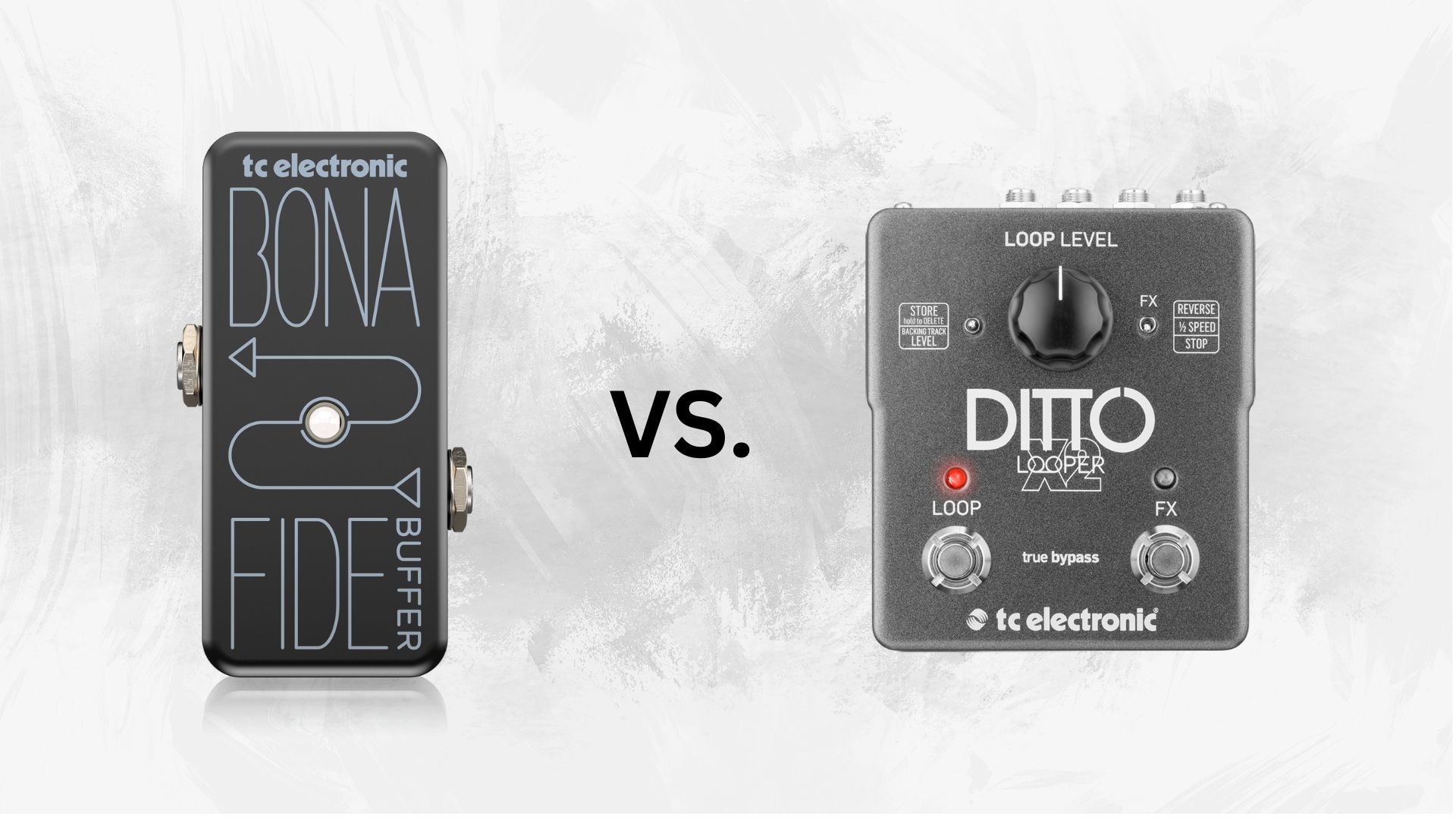
 Anthony Easton
Anthony Easton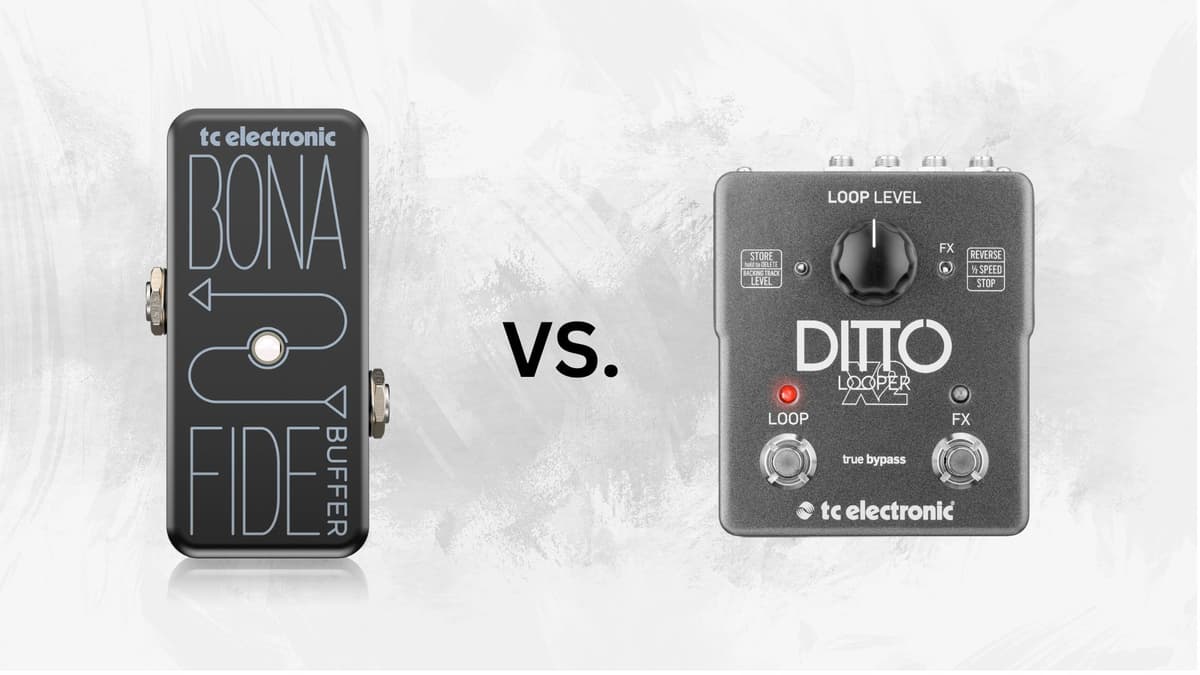
When building a pedalboard, one of the key considerations is how your pedals manage the guitar signal when they are not engaged. The two primary bypass types are buffered bypass and true bypass. Understanding the differences between them is crucial for maintaining your tone and achieving the best sound quality. Let's explore these two types of bypass systems and how they affect your signal chain.
True bypass is a wiring scheme in which the guitar signal completely bypasses the pedal's circuitry when the pedal is not engaged. In other words, when the pedal is off, the signal travels from the input jack directly to the output jack without passing through any electronic components of the pedal.
Unaltered Signal Path: True bypass ensures that your guitar signal remains pure and unaltered when the pedal is off.
No Added Noise: Since the signal does not pass through the pedal’s circuitry, true bypass pedals do not add any noise or coloration to your tone.
Transparency: True bypass is highly regarded for its transparency, allowing your guitar’s natural sound to come through unimpeded.
Signal Loss in Long Chains: When using multiple true bypass pedals, the cumulative length of the cables can lead to signal loss, particularly in high frequencies, resulting in a duller tone.
Popping Noise: Some true bypass pedals can produce a popping noise when switched on or off due to sudden changes in the signal path.
Buffered bypass involves an active electronic circuit that remains engaged even when the pedal is off. This buffer circuit helps maintain the signal strength and integrity, converting the high impedance signal from the guitar to a low impedance signal suitable for long cable runs and multiple pedal setups.
Signal Preservation: Buffers help preserve the strength and clarity of your signal over long cable runs and through multiple pedals.
High-Frequency Retention: Buffers prevent high-frequency loss, ensuring your tone remains bright and clear.
Consistent Performance: Buffered bypass provides consistent signal performance, minimizing tone suck and maintaining your guitar’s tonal quality.
Potential Tone Coloration: Some buffers can slightly alter the tone of your signal, which might not be desirable for all players.
Noise Introduction: Poorly designed buffers can introduce noise or unwanted coloration to your signal.
True bypass is ideal for players who:
Buffered bypass is beneficial for players who:
Many guitarists find the best solution is a combination of both true bypass and buffered bypass pedals. By strategically placing buffers at the beginning and end of your signal chain, you can enjoy the benefits of true bypass while mitigating signal loss.
For example, placing a high-quality buffer at the start of your chain ensures that the initial signal remains strong, while a buffer at the end preserves the signal as it heads to the amplifier. This hybrid approach offers a balanced and flexible solution for maintaining optimal tone.
Choosing between buffered bypass and true bypass depends on your specific needs and setup. True bypass offers a pure and unaltered signal path, ideal for simple setups with short cables. Buffered bypass, on the other hand, helps preserve signal integrity in complex setups with long cable runs and multiple pedals.
By understanding the advantages and disadvantages of each bypass type, you can make an informed decision that suits your playing style and ensures your pedalboard delivers the best possible sound quality. Experiment with both types and consider using a combination to achieve the perfect balance for your tone.
Check out the latest news and articles from around the pedal world.

 Anthony Easton
Anthony Easton
 Anthony Easton
Anthony Easton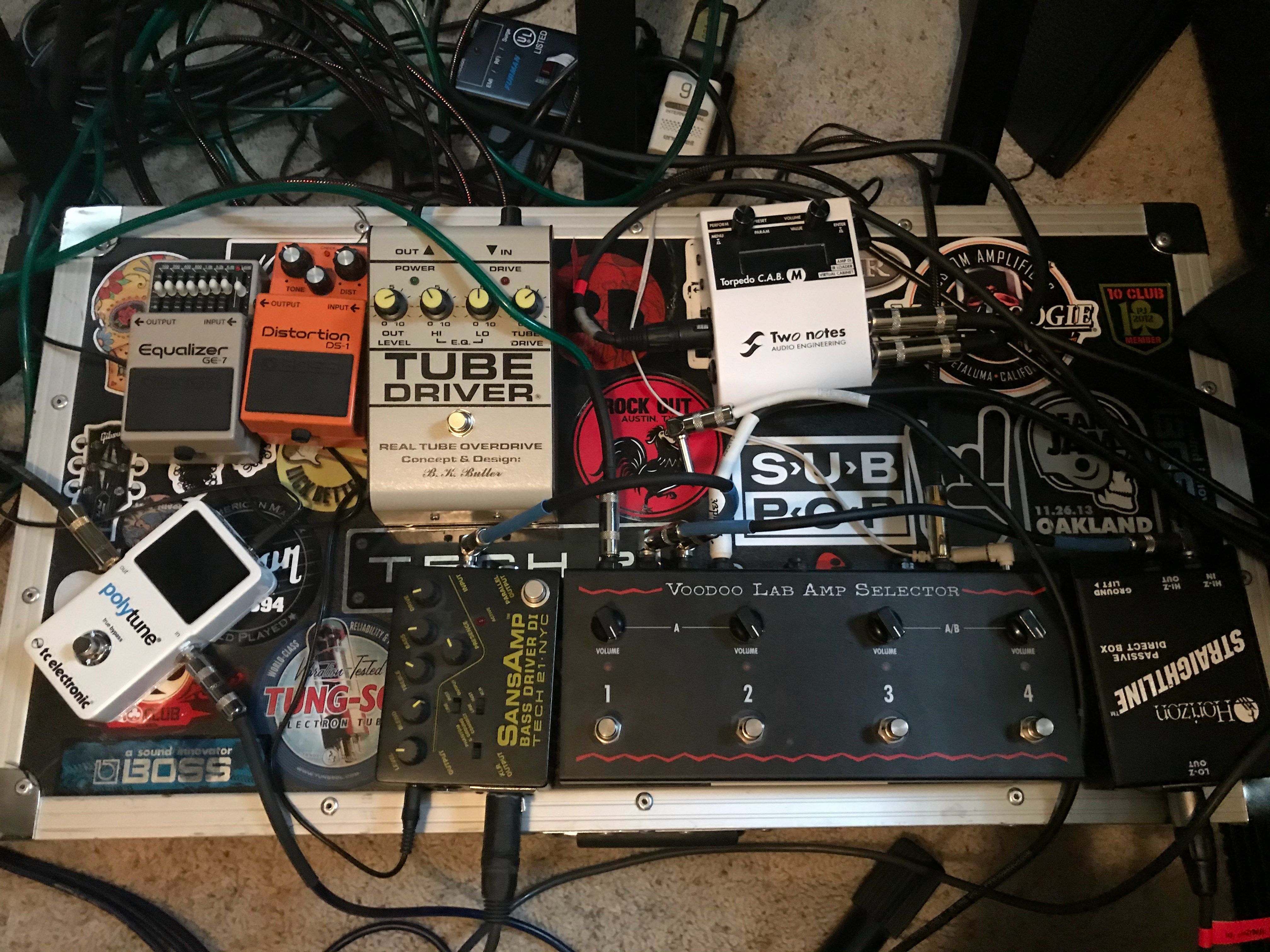
 Anthony Easton
Anthony Easton
 Anthony Easton
Anthony Easton
 Anthony Easton
Anthony Easton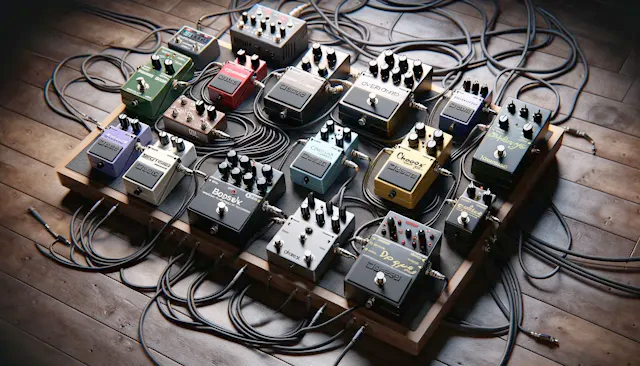
 Anthony Easton
Anthony Easton
 Anthony Easton
Anthony Easton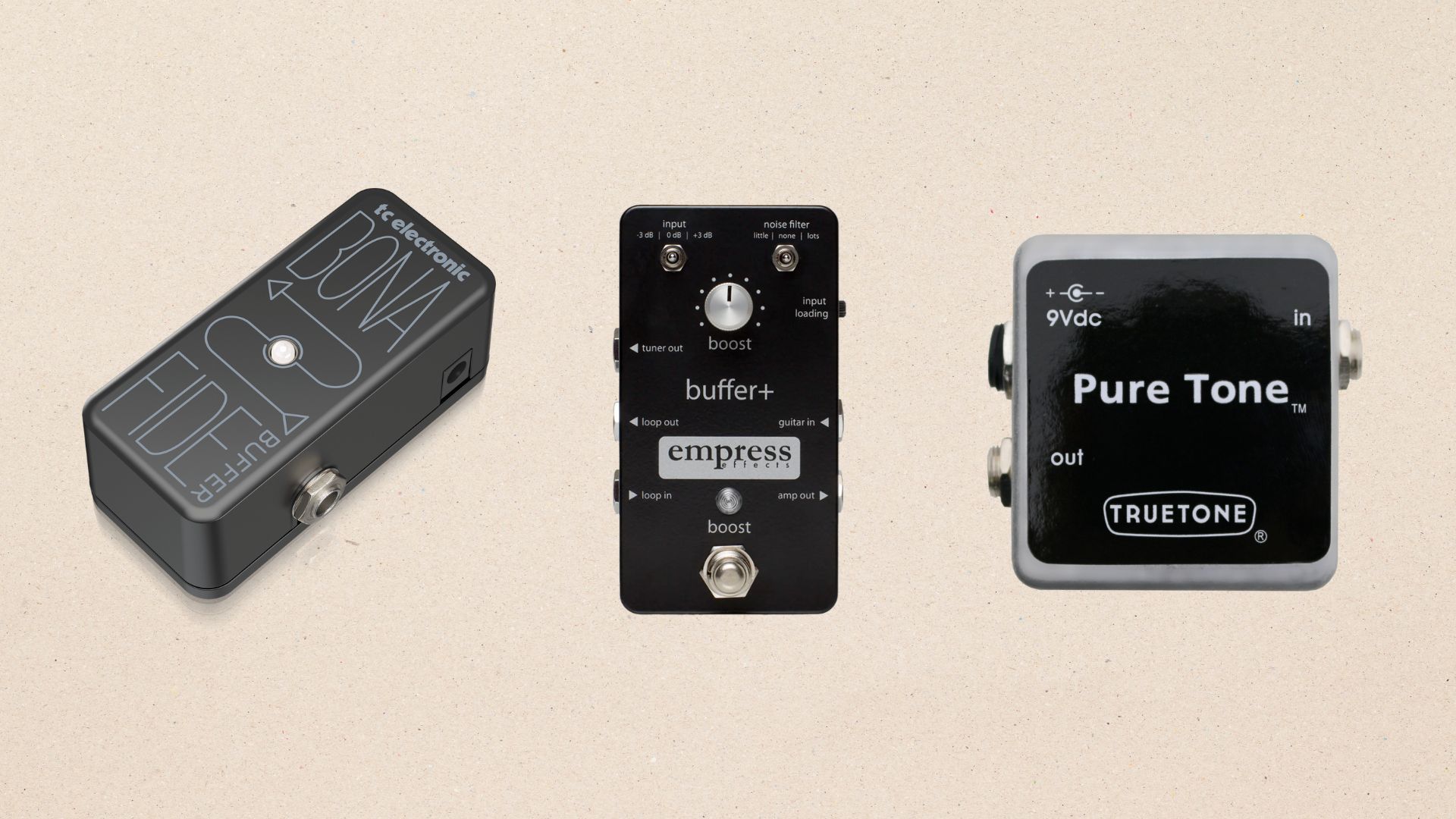
 Anthony Easton
Anthony Easton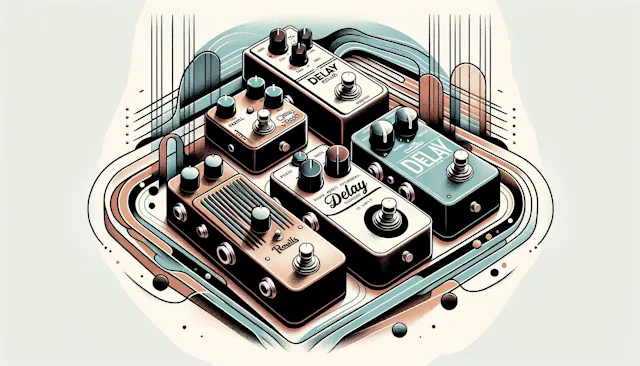
 Anthony Easton
Anthony Easton
 Anthony Easton
Anthony Easton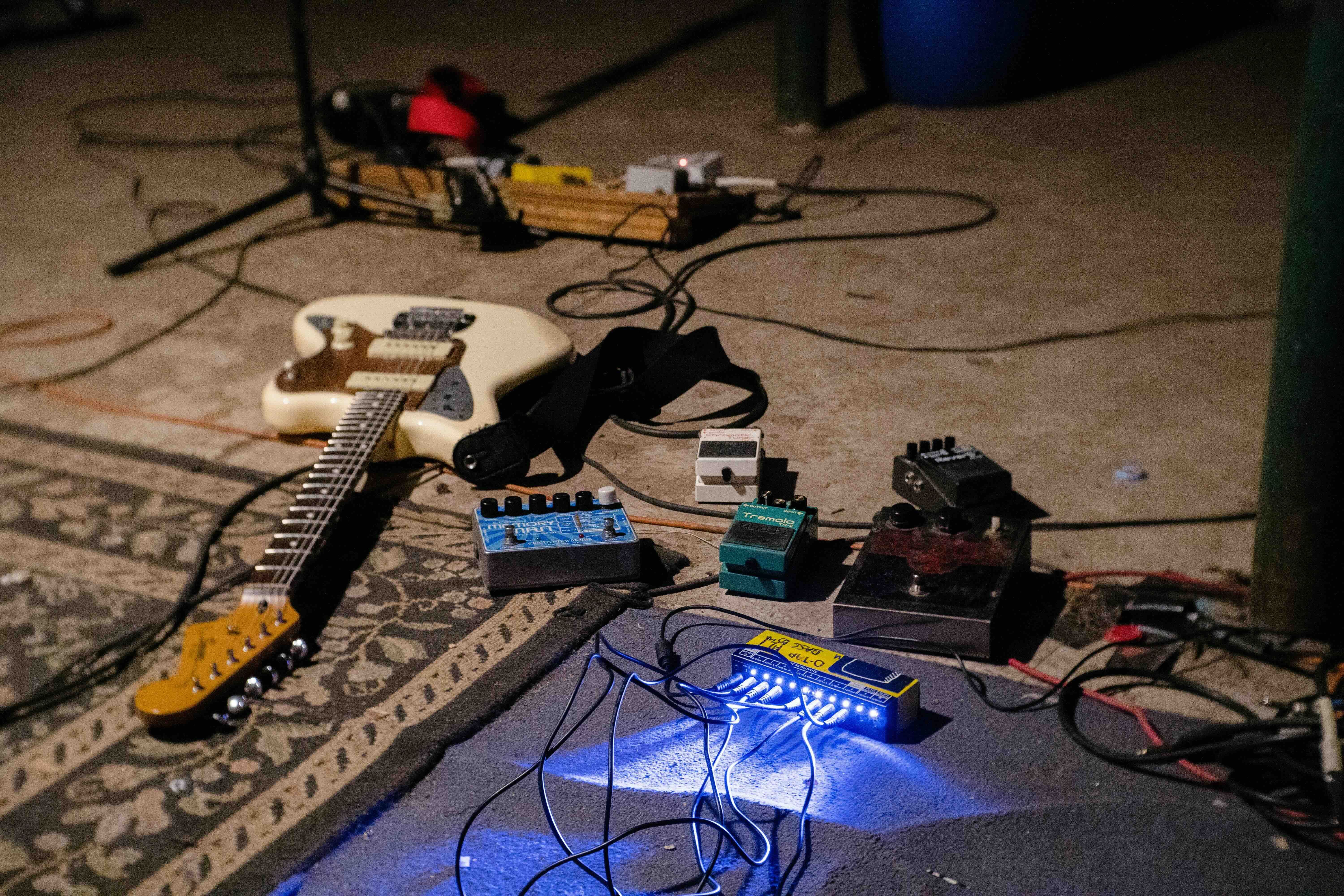
 Anthony Easton
Anthony Easton